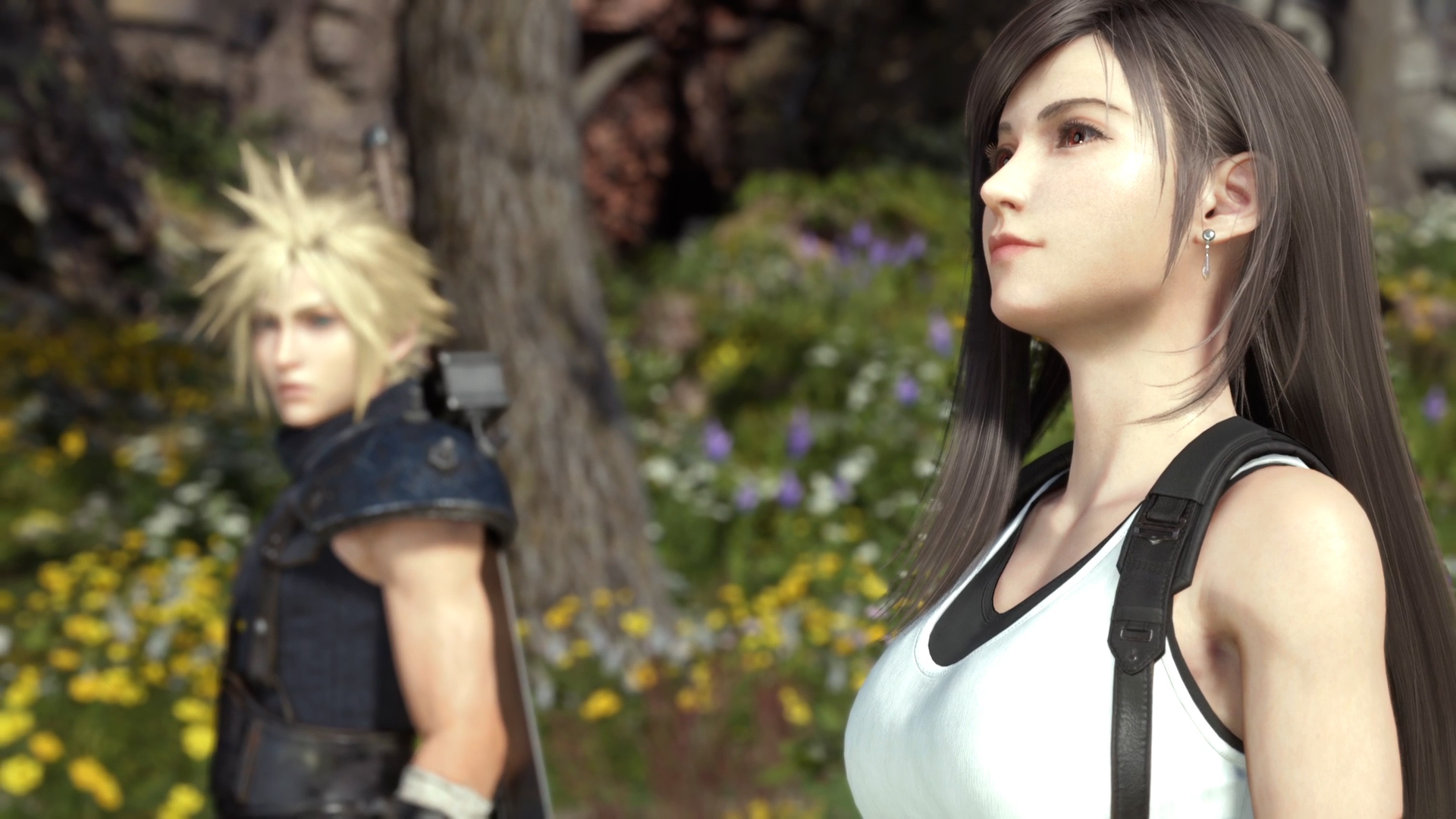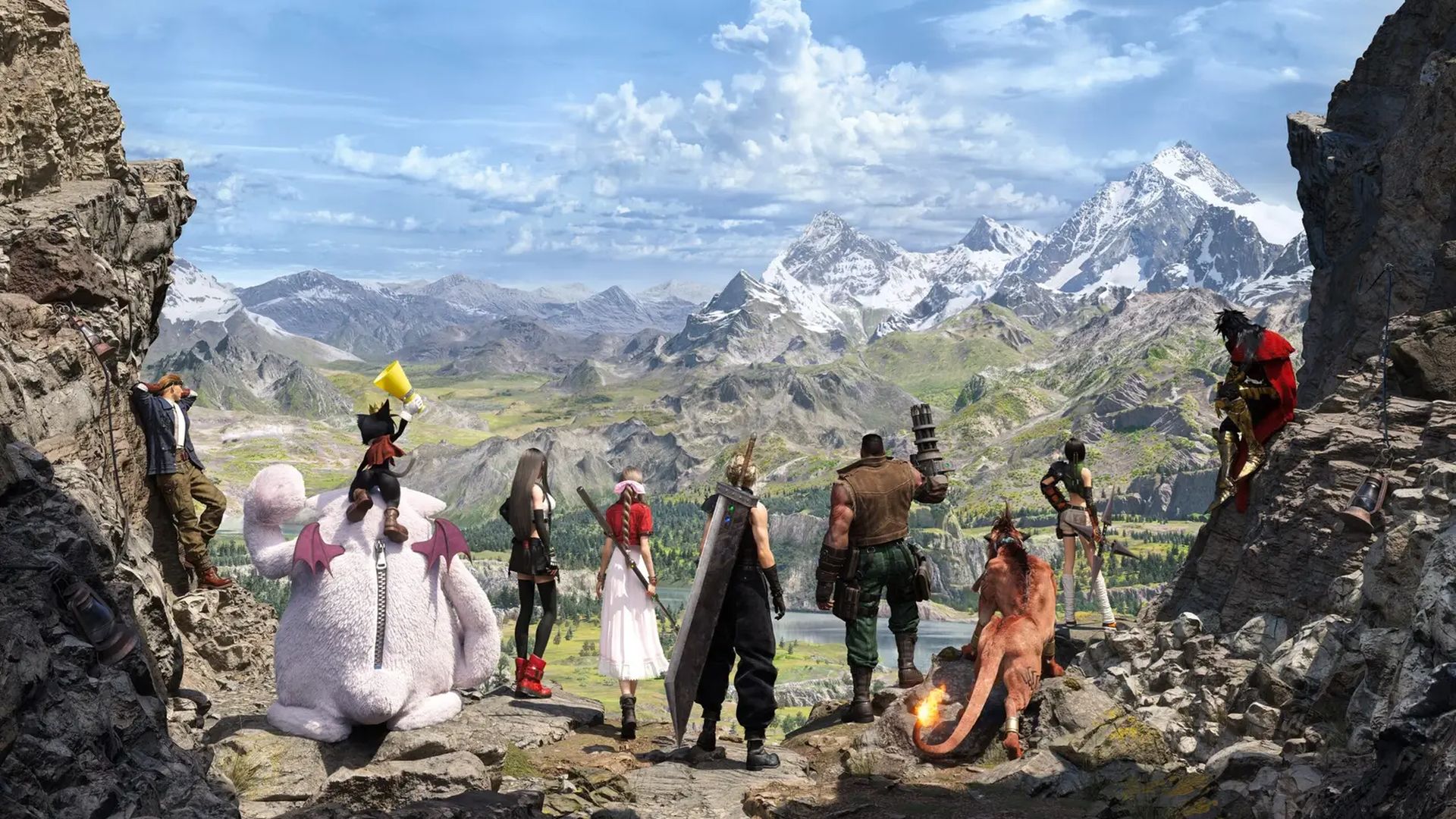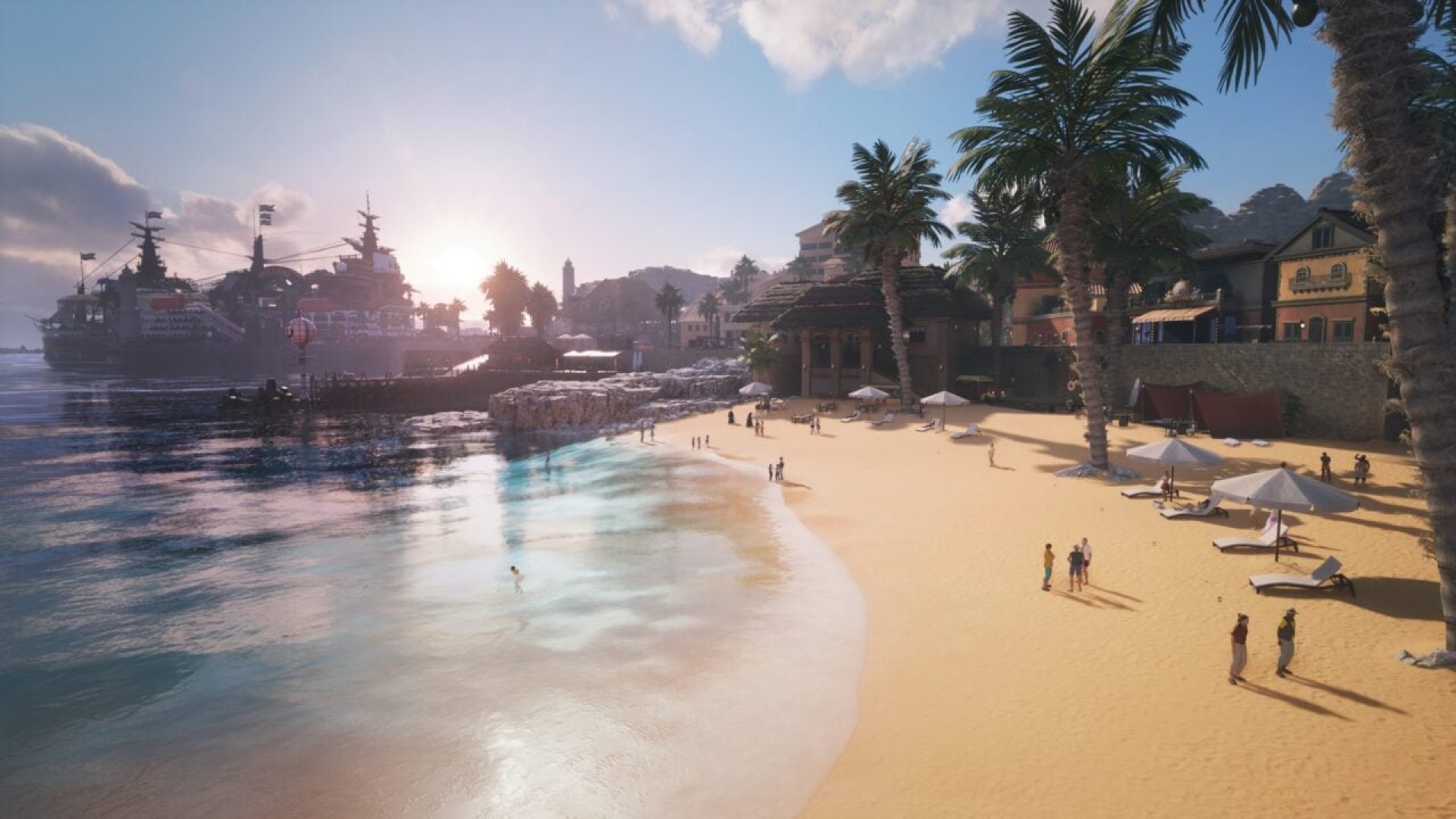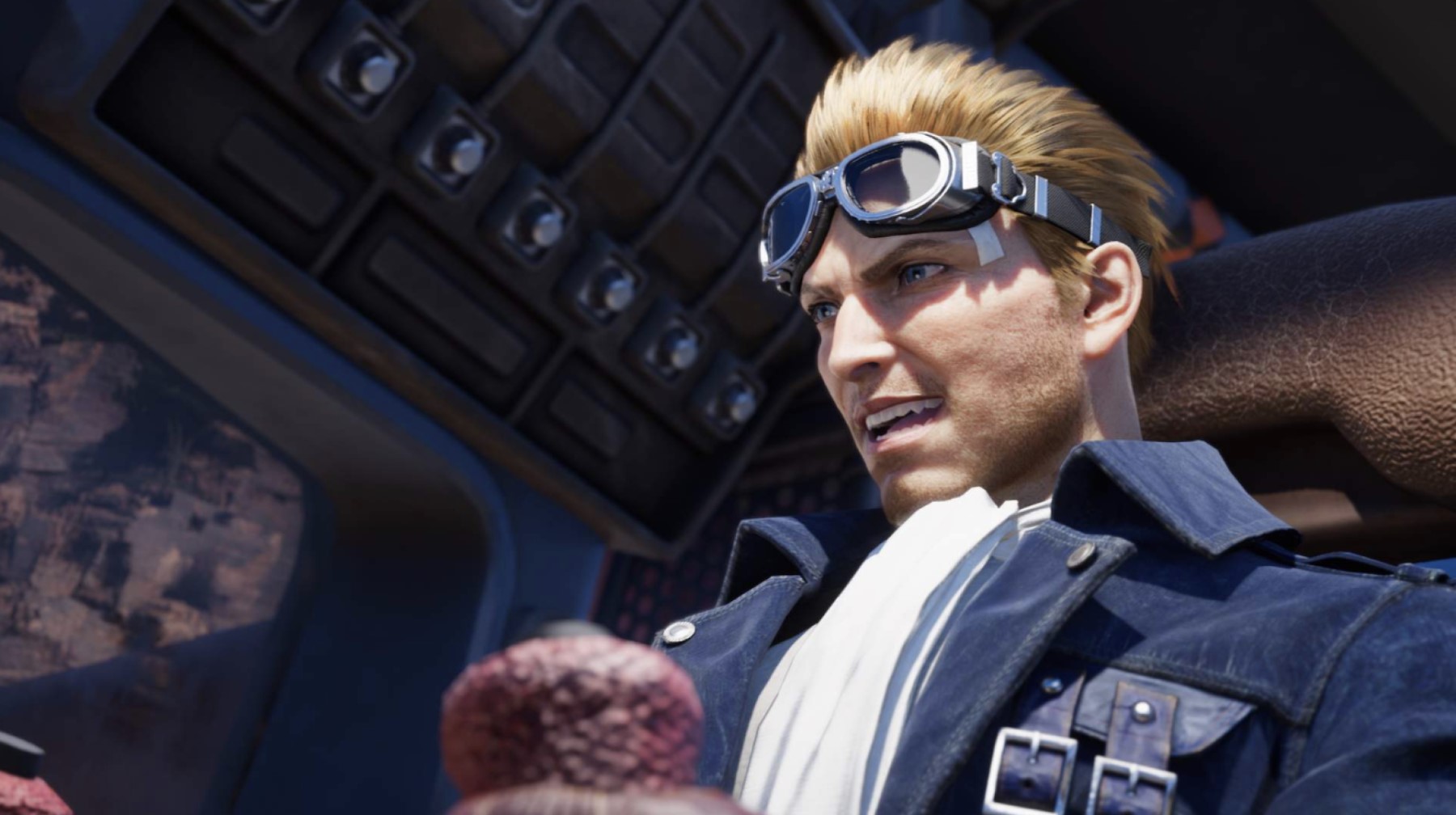[ad_1]
TThe developer has been doing a great job with his Final Fantasy 7 Remake initiative, creating a new and more accessible reimagining of this classic while implementing new changes to please longtime fans. We have achieved the incredible Final Fantasy 7 Remake in 2020 with an Intergrade DLC soon after, and the next chapter in this trilogy Final Fantasy 7 Rebirth it’s finally here
With this feature, let’s take a look at what has changed with this new chapter from a technical perspective. From the game engine used to the rendering pipeline used and performance, we’ll break down every element of the experience on the PS5.
What has changed in Final Fantasy 7 Remake?

Final Fantasy 7 Remake marked a great change from Final Fantasy 15 because instead of using its proprietary game engines, the developer used Epic’s Unreal Engine 4 to power its reimagined take on Midgard. Interestingly, however, the developer once again switched to its own tools for the latest Final Fantasy 16.
with revival, the developer is retracing the same steps as Remake, and is still working with Epic’s Unreal Engine 4 once again. But now that the developer has a much more powerful platform to work with on the PS5, revival it certainly looks better than what came before. Note that this is an iterative update which is to be expected given that both use the same base feature sets, but an effort has been made to soften the criticisms that were made with the release of Final Fantasy VII remake
Highly detailed character models and strong post-processing effects remain a strong point Final Fantasy VII‘s, but problems with an inconsistent level of quality in environmental assets also continue to persist in this generation. The lighting and reflections also look good at times. Still, the developer seems to have missed an opportunity to use newer techniques to their full potential, which we’ll discuss in detail in later sections of the feature.

As mentioned above, Final Fantasy 7 Rebirth he pays a lot of attention to his character models, from the skin meshes to the clothes they wear and even how the hair looks in action. The merits of the first game carry over to Rebirth, and the character models boast very high poly counts. The skin meshes are extremely detailed, and while there is some inherent smoothness to the skin of characters like Cloud or Sephiroth, this has more to do with art direction than visual fidelity.
The clothes worn by the characters are composed of high-quality, physically-based materials, and they react appropriately to light based on their respective properties. The texture work is fantastic and you can zoom in to really appreciate the level of effort that went into creating these characters.
It looks like the hair rendering department has received a significant upgrade, as individual strands of hair have noticeably more polycount than what we’ve seen in Final Fantasy 7 Remake – which helps resolve artifacts that could be seen along the edges of characters’ hair in the first game.
Open World

Final Fantasy 7 Rebirth marks a significant change with its shift to an open world structure, so how has the rendering channel changed to account for world streaming and fast asset loading? Well, we’re afraid the developer hasn’t changed much of what’s running under the hood, instead banking on the increased power of current-gen consoles to help with these things. It certainly works without any major issues, but this is where we can see most of the issues that were ported over remake a revival.
Environments generally look good in scale. You can see giant mountains, vast meadows, and stone structures in the distance, and it’s all quite magnificent on a macro level. At the micro level, however, things remain quite inconsistent. Some textures look great with high poly counts and proper geometric complexity, but others feel lacking in comparison.
Take a look at the city section where you get past guards by climbing high beams and rooftops, and see how the trees look pretty weird with their primitive-looking branches and low-quality textures and compare it to the floor you detailed. paving stones with the appropriate geometric depth. Inconsistent texture quality continues to be an issue with Final Fantasy 7 Rebirth, although it’s not as severe as in Remake.
World streaming works well enough for the most part, and as mentioned above, the draw distance is certainly impressive. The level of detail exchange and asset loading times are fast enough, but we did notice a couple of instances of pop-in during our testing. Some sections of the open world are full of foliage with various trees dotting the landscape, but they don’t really react to your presence and everyone can just walk around the foliage, which can feel a bit odd.
The lighting pipe doesn’t seem to have changed remakei revival he’s probably using a mix of baked and dynamic lights to light his environments. Some interior scenes look great with the bounce lighting being implemented through the oven solution, but not all scenes have been given the same level of care and attention. This is also partly due to how the dynamic light works together with the lighting in the oven, which produces convincing enough results but nothing really impressive.
As for the reflections, Final Fantasy 7 Rebirth seems to be making use of high quality reflections. Notice how the light reflects off the puddles of water and window panes, and how it changes seamlessly as you change the perspective of the target. It’s not immediately obvious, as the use is quite limited, and we would have liked it to be used as an overall lighting solution that probably could have smoothed over the inconsistent lighting issues mentioned above.

As mentioned above, Unreal Engine 4 has a very strong post-processing pipeline, and the developer has made good use of these features to create a strong set of effects that really shine in the final product. Motion blur and depth of field are a big part of the game’s presentation, and everything looks very sharp with quality per-object implementation and little to no artifacts at the edges of objects in focus.
Smoke volumes are also used extensively in cinematic and game environments, and look great with thick smoke volumes and impressively detailed meshes that flow realistically. Particle effects are also an equally important part of the post-processing pipeline, and FF7 Rebirth the combat sections never fail to show off their high-quality alpha particles, lots of sparks and volumes of fire with every spell you cast in the heat of battle.
PS5 graphics modes and load times

Final Fantasy 7 Rebirth offers two different graphics modes for players to choose from, a fidelity mode that runs at 4K resolution with a frame rate target of 30 fps. Then there’s a performance mode that drops the resolution from 4K to dynamic 4K and instead boosts the frame rate to 60fps. There isn’t much of a difference in terms of the rendering pipeline itself, but performance mode seems to tone down most of the graphical effects, which is pretty obvious if you compare the two modes side-by-side. For comparison, the PS4 Pro version of Remake ran at 30 FPS using dynamic resolution scaling at a maximum resolution of 2880×1620.
Asset quality has a slight impact on performance mode, and so does draw distance. Objects away from the camera are rendered at a fraction of the polygon budget as their fidelity counterparts. Interestingly, however, ray tracing reflections on certain surfaces appear to be intact in both graphics modes, but this is difficult to determine given the limited use of the technique itself.

In terms of performance, Fidelity mode does a good job of meeting its frame rate target. There are some minor slowdowns, but overall performance is good across the board with minor dips here and there. Performance mode also works the same way, but the game seems to run pretty well in both graphics modes during our testing.
Let’s continue with our tests Final Fantasy 7 Rebirth, we have the loading times. Loading a save takes 3-4 seconds, which is pretty impressive, especially when you compare it to Final Fantasy 7 Remake’s load times. Suffice it to say, the developer has done a really good job optimizing the game to take advantage of the PS5’s SSD.
conclusion
In conclusion, Final Fantasy 7 Rebirth It might not have been a really big change from what came before in a technical sense, but it definitely makes an effort to solve the problems that were raised. remake. That’s not to say there isn’t a quirk with the experience, though Final Fantasy 7 Rebirth is a very beautiful game that makes great use of the Unreal Engine 4 and renders its environments without dropping many frames.
Source: gamingbolt.com
